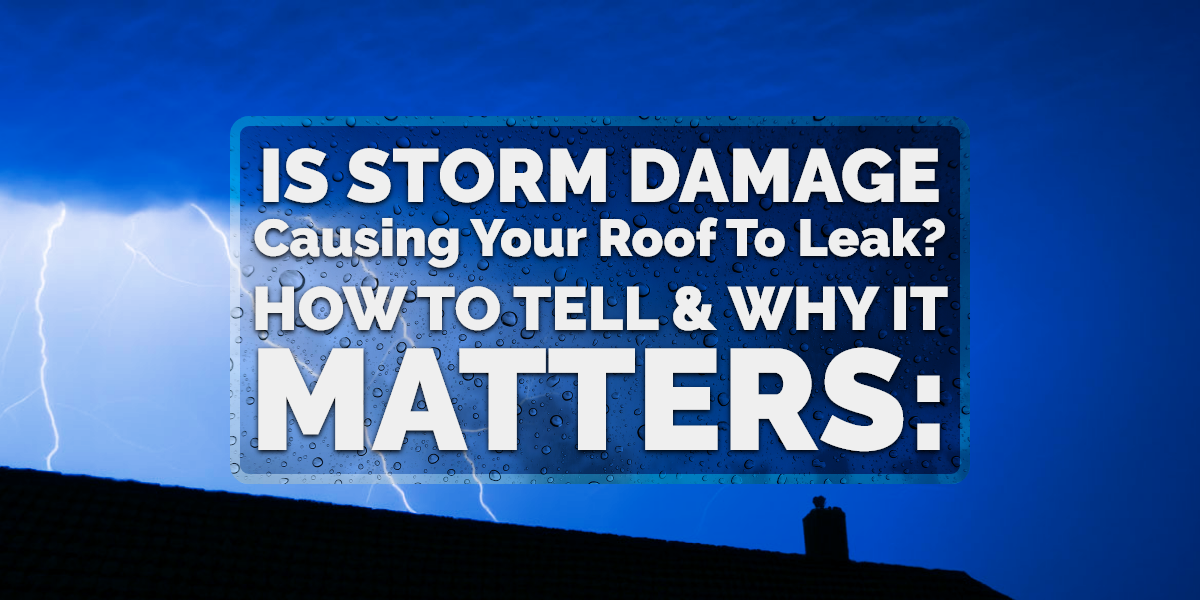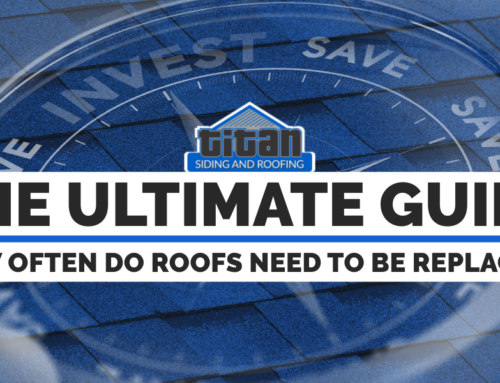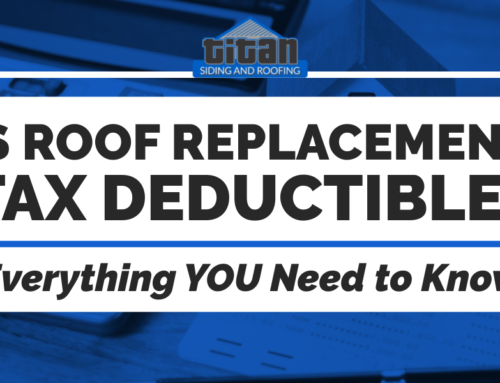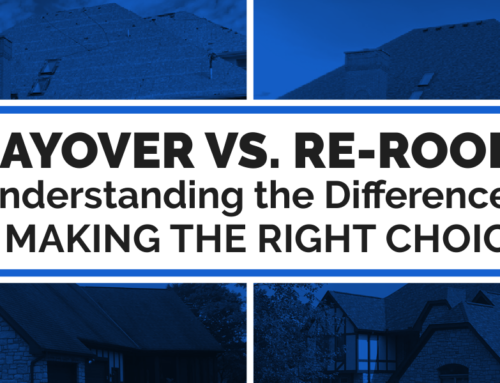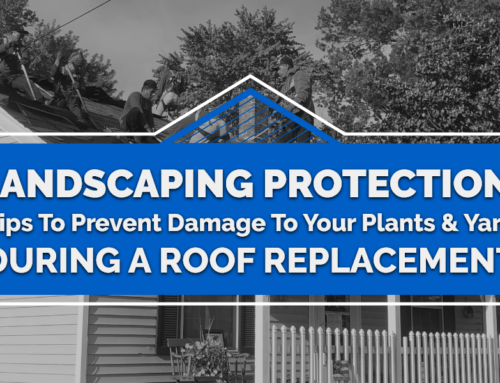Storms can be frightening, especially when driven by very high winds, pelting hail & gushing rain. People are often so glad to have lived through them that they breathe a sigh of relief, do a little clean up, and move forward with their lives. Sometimes, they don’t notice damage to their roofs after a storm. After all, most people cannot even see their entire roof. Especially on a larger home, there are spots on the roof that are not visible when looking from the ground.
So, what happens when a leak becomes apparent during the next rain shower? How can you tell if it is from the previous storm? Does it matter WHEN it happened, so long as you know it needs to be repaired? We’ll answer your questions and give you a clear course of action to remedy the situation.
What to Do When You Encounter a Roof Leak
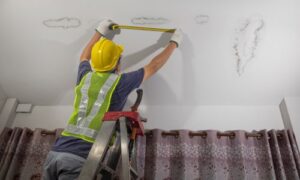
First things first, if you find a roof leak or suspect a leak because you notice moisture somewhere in your attic, call a reputable roofing contractor immediately. They will be able to help you cover the area well so that no further damage can be done to the inside of your home. Leaks do not usually become apparent inside the home until they’ve been there for a while. If you’re seeing the results in your attic, it will need to be addressed quickly so that it does not create further damage. Hiring a contractor to help with the insurance claim process will benefit you in the long run.
What Types of Damage Will a Roof Leak Do?
Leaks can do a significant amount of harm depending on where the damage is located in your home. Here are a few of the reasons that you need to have it looked at as soon as possible:
- Fire risk: If the water from the leak is coming inside your roof, it will be easy to travel to your inside walls. Since your electrical wires are also housed inside the walls, there is potential for the moisture to reach them & cause a fire.
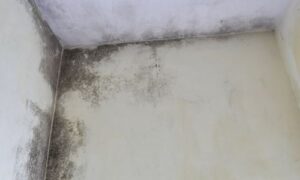
- Mold risk: Especially if the damage occurs in the warmer months of the year, the moisture introduced through the leak can be trapped in the roof & attic areas, creating the perfect atmosphere in which mold & mildew can spawn and thrive. Mold has numerous health risks, in addition to being a risk to the wooden structure of your roof if left unchecked.
- Structural risk: If a leak goes undetected for an extended period of time, the integrity of the roof (at least in the area immediately around the leak) may be at risk. Because the structure underneath the roof covering is usually made from wood, it can begin to rot if exposed to moisture over time.
- Insulation risk: When a leak is introduced into the attic of a home, insulation is almost always the first casualty. If it has gotten wet, it will need to be replaced. Until then, it will significantly reduce the R-value of your current insulation. Wet insulation loses about 40% of its insulative value.
What to Do Next?
Once you’ve contacted a roofing contractor to come and mitigate the immediate problem, you’ll need to contact your insurance agent. They will send an adjuster to come and inspect the damage to your house and let you know how much of the repair cost they are willing to pay. Please note: you do not need to accept their initial offer.
Does It Matter If the Damage Was Caused by a Storm or Another Way?
You must mention the date of the storm in which you believe the damage occurred. Often, homeowner’s insurance will cover damage from winds and hail. They will not cover damages caused by neglect on the part of the homeowner. If you believe the damage was done during a storm, insist upon it. Your case will be even stronger if you have kept up with yearly maintenance checks on your roof, or had it inspected by a roofer in recent years, and have written documentation.
Common Storm Damage Indicators:
Some of the most common indicators of storm damage are just what you’d expect, but a few might surprise you.
- Broken, torn, or missing shingles or roof tiles
- Flashing that is bent or missing
- Hail pits in asphalt shingles or metal roofing
- Dented/loose gutters
- Dented/loose vents
- Tree damage (scrapes, gouges)
- Pieces of shingle or tile in your gutters
- Puncture damage from projectiles
- Leaks because of any compromised roof
- Leaks because of a torrential downpour and an overloaded drainage system
As you can see, several indicators point to damage caused by a storm, but this is not a comprehensive list. The Storm Restoration Team at Titan Siding and Roofing is adept at dealing with insurance companies. We ensure you have proper representation when speaking with your insurance company. We have years of experience with these types of damages & can give valuable information that will help you successfully move your claim through. We can even act as your representative to convey the nature of the damage to your insurance company. That is why we are considered your #1 Cincinnati Roofing Storm Specialist.
Whether you need help with a roof leak or not, Titan Siding & Roofing is here to help you. We offer residential roof replacement, siding, window, gutter, and storm restoration services in the Greater Cincinnati area. Contact us today! We look forward to working with you.

